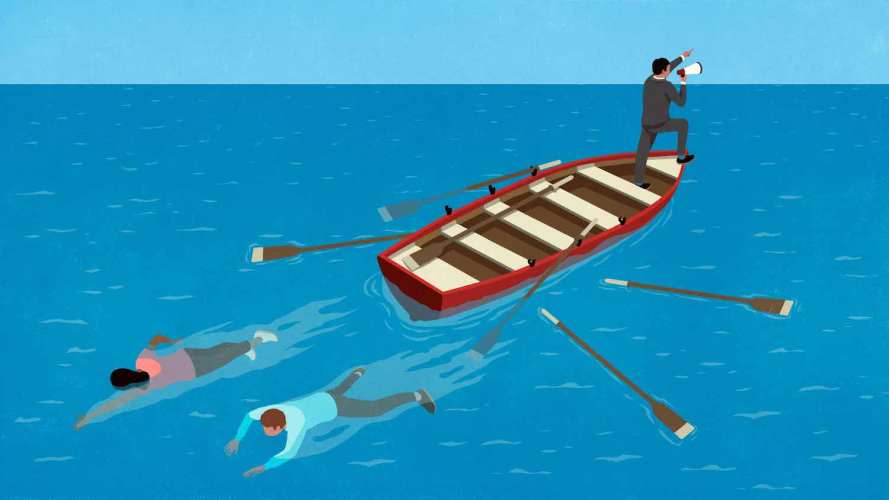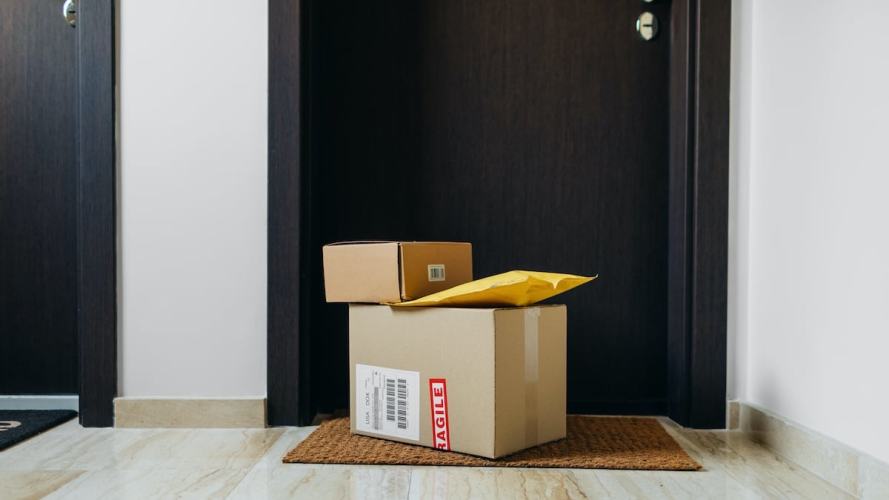How Companies Are Getting Back on Their Feet in a Pandemic



Innovation expert Geoffrey Moore reveals three paths to innovation, depending on your company’s situation.

Ari Bendersky
COVID-19 forced most companies into a state of course correction and innovation in order to stay afloat. You’ll find examples all over the business world. Amazon set up on-site testing labs and beefed up staff to handle ordering surges. John Deere created new safety measures for its warehouse teams. Wineries are offering virtual tastings and many, like this spice company, are shifting to identify entirely new target markets.
Whether you’re a decision-maker at a large corporation or a small independent retail shop — Geoffrey Moore, the best-selling author of “Chasing the Chasm” and a respected marketing consultant and innovations expert, discusses three models for innovation to help you move your business through the pandemic.
The following are excerpts from our conversation with Moore, in his words. They have been lightly edited for content and clarity.
Three ways to innovate
There are three ways you can make a return on innovation right now. You can differentiate, like, “I am the new amazing thing. And you’re going to buy me and my company is going to be successful because what I’m offering is really, really wonderful.” This would be like the iPhone going up against the Nokia smartphone. That’s great. It doesn’t happen that often, but when it happens, it’s amazing. More commonly, particularly for established companies, the return is not on differentiation. It’s on innovation that neutralizes (meaning it reduces the gap between your product or service and outside innovations).
In my book “Zone to Win,” we talked about Microsoft doing this with its cloud computing service Azure. Amazon differentiated by nailing cloud computing first (with Elastic Compute Cloud in 2006). But Microsoft neutralized incredibly rapidly. And it’s created a very interesting duopoly because they were able to come back so quickly and bring most of their installed base with them. So then the key to neutralization is to get good enough fast enough. You don’t create anything. You just copy. Just get back in the game, which is what Google did with Android and what Nokia did not do with Symbian.
And then the third option right now is to optimize. When you say, “Look, you know, we don’t have any very good alternatives in front of us right now. We need to just lower our footprint, lower our profile. We need to get innovative about how to do what we do much, much less expensively.”
Startups that are venture backed should be focused on differentiation. This is a great time to differentiate for them. I think established companies like Salesforce, Cisco, or Accenture would say this is a time to neutralize; let’s make sure we catch up on systems where we’ve been behind. And then I think if you’re in trouble, like many small businesses right now, you just stop the bleeding and that’s kind of an optimized innovation.
So those are the three disciplines and I think it’s important to prioritize right now. All three are useful, but probably in a crisis, you can only really do one really well.

Every company’s plan won’t look the same [Photo: Flickr/Kurtis Garbutt]
Recovery patterns
There’s this notion of having to be clear about what our recovery path is and there are different models: the V recovery, which comes back quickly; the U recovery, which takes a long time; the L recovery, which looks more like a depression. There’s also the Y recovery, where it comes back in two parts, one of which comes back quickly because it’s more digitally enabled and plays to its strengths.
The point about these patterns is, as a leader in your company, you have to say which of these is the one that most probably reflects your industry. You have to build a temporary plan based on that recovery pattern and start acting on that plan now, but you have to be willing to say you could be wrong. So you’re always having this sort of course adjustment. And this is a time when agility is really, really demanding, but it’s what crisis does.
Get your power back
When you get knocked completely off plan, your performance commitments for the year have been knocked away. The tendency is to scramble back, to try to pick up as many pieces as you can and bring back at least something. And that’s actually the mistaken priority.
What you want to do when you take a body blow is set down your performance objectives for a moment and think about power because what you want to do is build enough power to come back. Power metrics are very different from performance metrics. They’re much more around: where do you have support from your customers? Where can you build new ecosystem relationships or strengthen the ones you already have? How do you get back into the game? So think about your priorities in terms of, how do I get my power back as opposed to how can I eke out some amount of performance? That’s an important idea.
The problem with being reactive is when you go back to your performance mindset, that performance was based on a lot of inertia you had last year coming into this year. It’s not there anymore. And so you’ve got to think, “I’m nowhere near as powerful as I thought I would have been. I need to reconstruct my power base. I need to go back to first principles and be in service to my customers and to my ecosystem as well.” Then let it build back naturally from there.

Your most loyal customers will get in the boat
with you and help row. [Photo: Flickr/Chris Waits]
Focus on your loyal customer base
The first thing you’ve got to do is stop the bleeding. Once you have some sort of stability, what you would say is, “I want to now create the best return … the returns I’m going to create in the near term are not going to be great. We got that. So what constructively can I really accomplish in this window of time, which might be the rest of this year or even longer?” I think the answer is, I need to become more important to a smaller group of people.
So this is a little like winning the primary in a presidential election. The New Hampshire primary, it’s not a lot of delegates. But if you can win it, you gain power in a local group, and you get a certain amount of notoriety for that going forward. The idea behind this is you don’t want to dilute your limited amounts of energy. You want to focus. And when you focus, the object is to get a disproportionate share of a market segment. The rule we use is: the market share has to be big enough to matter to a company your size, but small enough to win. So in other words, it’s more about a local strategy and picking a subsegment of your customer base. Go for your existing customers as opposed to trying to get new customers and do something to secure that relationship.
The best example of that paying off was Apple. If you remember when Steve Jobs came back to Apple in 1997, it was a mess. It was a PC company with either 2- or 3% market share and nothing else. But it had this incredible loyal Mac faithful, which was based on the desktop publishing and the marketing people making presentations, this whole sort of graphic artists creative group. And that loyalty, that 3% loyalty, is what Steve was able to build on to reconstruct the company. So it’s a very powerful thing. You really do want those people to actually get in the boat with you and help row.
Be a part of the solution
Most companies have to come forward to the new normal and help create it. That’s less scary if you are clear about your vision, your values, and your mission. If you recenter yourself around those principles, even when you make mistakes, you’re making mistakes with a good heart. Your customers and partners understand that and they’ll help you course correct.
But if instead what you do is get scared and start to get very self optimizing — like I heard about the landlords who are not going to forgive any rent — then guys, you’re going the wrong direction. That’s not right.
Maybe just work less
Stay safe and be smart. I mean, look, the emotional drain on this is happening to everybody. My last piece of advice: if you’re having a really bad day, don’t show up. Just don’t go to work. Because it’s actually worse for you to be there than not be there. Take care of yourself. Give yourself a day or two and then come back.
This is the last in a three-part series featuring Geoffrey Moore’s insights on how companies can reposition themselves to thrive amid the COVID-19 crisis. Find part one here: Your Company’s Vision and Values Shouldn’t Change in a Crisis. Part two is here: Video Innovation Will Continue to Change Society in 2020 and Beyond.
For more content, tools, and tips to help your business thrive in the current climate, visit Work.com.
[Thumbnail Photo: Flickr/Rawpixel LTD]























